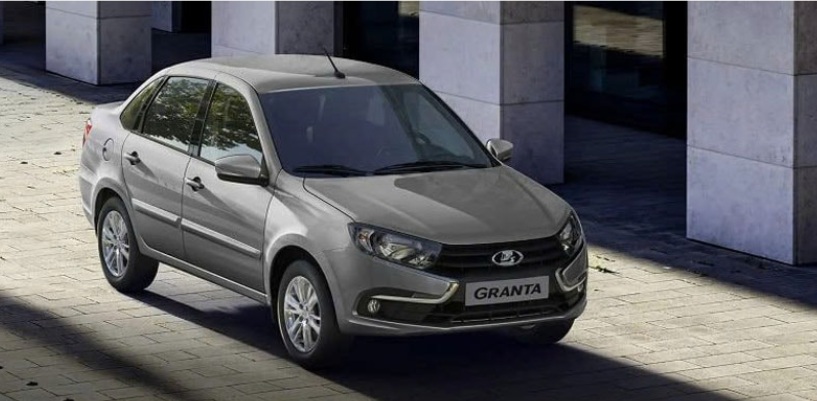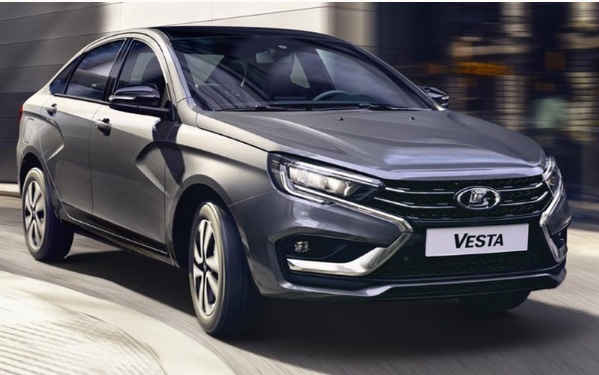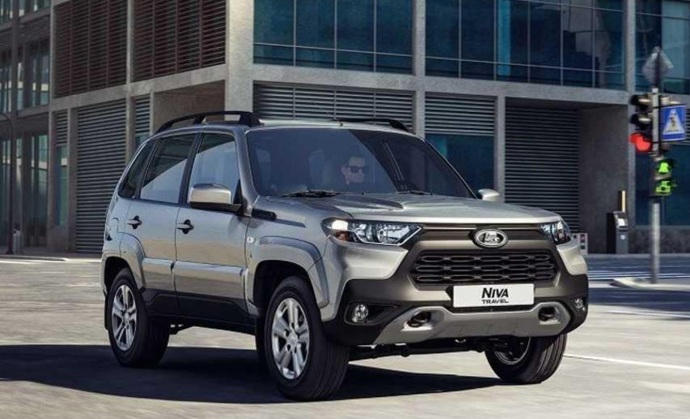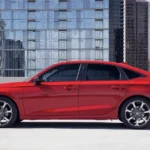With fluctuating fuel prices and tightening emission standards in Vietnam, fuel efficiency becomes a pivotal factor in consumers’ car-buying decisions, especially in the mass market segment.
The arrival of four Lada models at a Vietnamese port recently not only marks the preparation for their official launch in the near future but also raises questions about fuel consumption, an aspect of particular concern to car buyers in the low-price range.
Lada Granta: Affordable but More Thirsty Than Expected
Lada Granta is the most affordable model in the Lada lineup that is about to enter the Vietnamese market, with an expected price of 360 million VND. This price point positions it as a direct competitor to well-known models such as the Mitsubishi Attrage, Mazda2, and Kia Soluto, despite belonging to a higher segment.
Designed for urban environments and equipped with a 1.6L engine paired with a 5-speed manual or 4-speed automatic transmission, the Granta offers a compelling package. However, its fuel consumption of under 7 liters per 100km in combined conditions falls short of impressive when compared to rivals in the same segment, which boast significantly lower fuel usage.
Lada Vesta: More Upscale, Equally Thirsty
Lada Vesta is a step up from the Granta, offering a larger size and more features. With a choice of 1.6L or 1.8L engines and manual or automatic transmissions, the Vesta seems well-equipped. However, its fuel consumption figures are similar to the Granta, and when compared to rivals with more optimized engines and aerodynamics, it falls behind.
Lada Niva: Affordable Off-Roader with a Thirst for Fuel
The Lada Niva is an iconic Russian off-road vehicle, offering part-time 4-wheel drive, a 1.7L engine, and a 5-speed manual transmission. With an expected starting price of 390 million VND, it becomes a rare affordable SUV capable of real off-road adventures.
However, this capability comes at a cost, as the Niva’s fuel consumption is quite high, especially in urban conditions where it doesn’t get to utilize its strengths. When compared to its closest rival, the Suzuki Jimny, which is significantly more expensive, the Niva still wins on initial ownership costs but loses out on fuel efficiency.
Lada Niva Travel: The Unusual SUV in Vietnam
The Lada Niva Travel, a more premium version of the Niva, features exterior design improvements, interior upgrades, and the same 1.7L engine with a full-time 4-wheel drive system. However, its heavier weight and less-than-optimal aerodynamics result in higher fuel consumption, especially in urban environments.
With no direct competitors in Vietnam, the Niva Travel could be likened to a “larger Suzuki Jimny,” a void in the domestic market. Priced similarly to SUVs in the A-segment, it may find itself competing indirectly with urban crossovers rather than traditional SUVs.
Challenges from Emission Standards and Changing Consumer Behavior
Lada is known for its “durable, simple, and easy to repair” philosophy, which has served it well in harsh weather and infrastructure conditions. However, the Vietnamese market is evolving, with consumers becoming increasingly conscious of long-term operating costs, especially fuel consumption.
As Vietnam moves towards implementing stricter emission standards, Lada models, which are not particularly renowned for their fuel efficiency, may struggle to compete against more established rivals that are optimized for the local market.
TH (Tuoitrethudo)
The Ultimate Showdown: 2025 Honda Civic, Hyundai Elantra and Mazda3 Go Head-to-Head
The 2025 Mazda3, Honda Civic, and Hyundai Elantra are set to revolutionize the automotive industry, but how do they fare when put to the test on real-world streets? It’s time to dive into the intricate details and uncover the unique characteristics that set these automotive powerhouses apart. Prepare to be captivated by their innovative features, dynamic performance, and exceptional driving experiences as we explore their capabilities beyond the showroom floor.









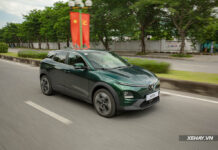



















.jpg)
